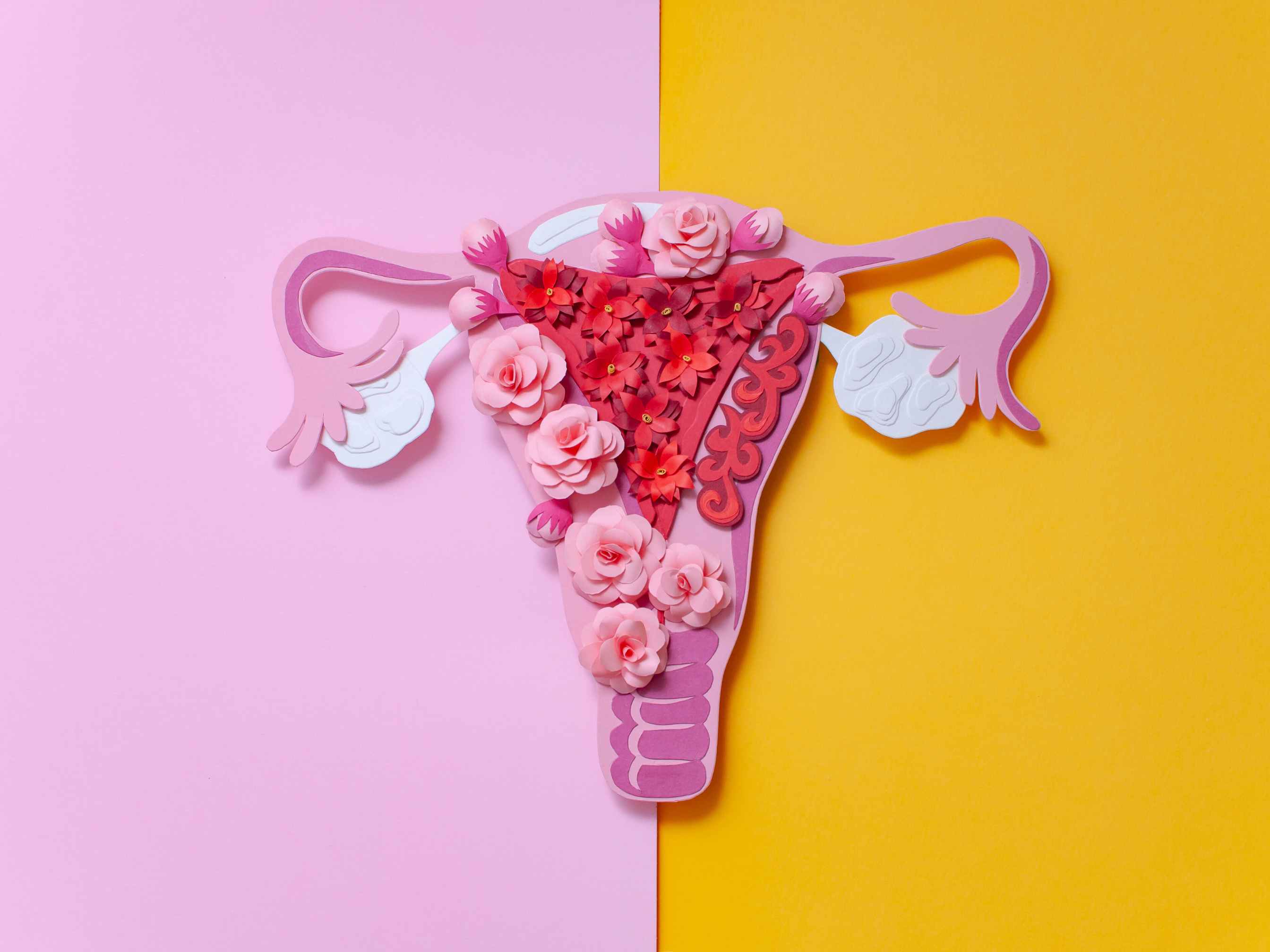What Is Endometriosis?
Endometriosis is a chronic condition where tissue similar to the lining of the uterus (endometrium) grows outside the uterus. These tissue patches can attach to the ovaries, fallopian tubes, intestines, and bladder, causing inflammation, pain, and sometimes infertility.
Unlike regular uterine lining that exits the body during menstruation, this tissue has no outlet, which leads to internal bleeding, scarring, and severe discomfort—especially during a woman’s menstrual cycle.
Common Symptoms of Endometriosis
Symptoms can vary, but some of the most common include:
-
Severe pelvic pain, especially during periods
-
Pain during intercourse
-
Pain with bowel movements or urination
-
Heavy or irregular periods
-
Chronic fatigue
-
Bloating or nausea
-
Difficulty getting pregnant
Many women live with these symptoms for years before receiving a diagnosis.
What Causes Endometriosis?
The exact cause is still unknown, but several theories include:
-
Retrograde menstruation: Menstrual blood flows backward into the pelvic cavity
-
Hormonal imbalance: Especially excess estrogen
-
Immune system dysfunction
-
Genetics: Family history may increase risk
-
Environmental factors: Such as exposure to toxins or endocrine disruptors
How Is Endometriosis Diagnosed?
Diagnosis can be challenging. Often, it involves:
-
Pelvic exam
-
Ultrasound or MRI
-
Laparoscopy (a minor surgery to confirm diagnosis)
On average, it takes 7 to 10 years for many women to be correctly diagnosed, which highlights the importance of raising awareness.
Managing Endometriosis
While there is no permanent cure, many women find significant relief through a combination of approaches:
Medical Treatments
-
Hormonal therapies (like birth control or GnRH agonists)
-
Pain relief (NSAIDs like ibuprofen)
-
Surgery to remove lesions or scar tissue
-
Fertility support if pregnancy is a concern
Natural & Lifestyle Strategies
-
Anti-inflammatory diet: Emphasize leafy greens, berries, turmeric, and fatty fish
-
Exercise: Gentle movement like yoga or walking to reduce stress and inflammation
-
Stress management: Meditation, deep breathing, or acupuncture
-
Heat therapy: Heating pads or warm baths can ease cramping
-
Sleep hygiene: Consistent, restful sleep helps hormonal balance
Supplements That May Support Women with Endometriosis
-
Omega-3 fatty acids: Reduce inflammation
-
Magnesium: Helps relieve cramps and muscle tension
-
Vitamin B-complex: Supports hormonal and nervous system health
-
Zinc & Selenium: For immunity and reproductive support
-
Curcumin (from turmeric): A natural anti-inflammatory
-
Myo-Inositol & CoQ10: May improve fertility and hormonal balance — found in products like MYOFOL
Always speak with a healthcare provider before starting any new supplement.
The Emotional Toll
Endometriosis is not just physical—it’s deeply emotional. Many women face:
-
Delays in diagnosis and feelings of being dismissed
-
Anxiety or depression linked to chronic pain
-
Impact on relationships, work, and daily life
This is why building a support system—whether through family, friends, online communities, or therapy—is so important.
Final Thoughts
Endometriosis is a real, complex, and often invisible condition. Raising awareness, encouraging early diagnosis, and empowering women with tools to manage their symptoms are key steps forward.
If you or someone you know is living with endometriosis, know this: you are not alone—and you deserve relief, support, and respect.












